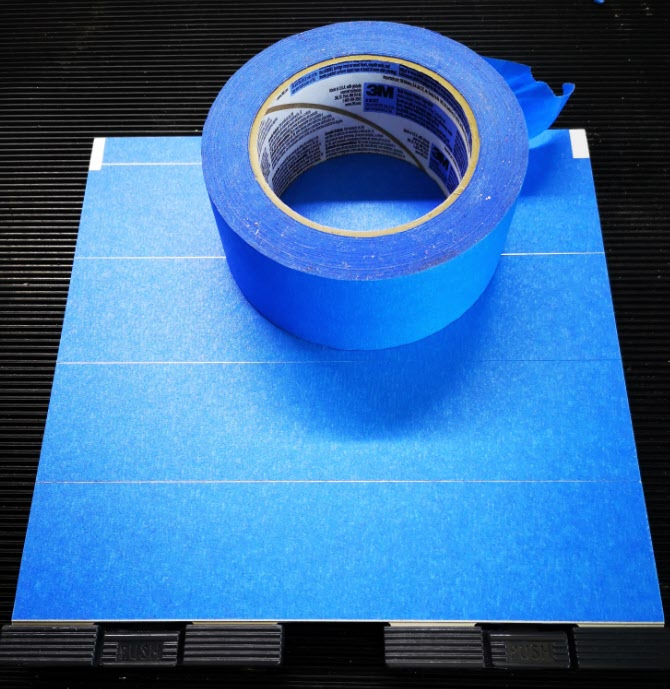I’m sorry it has been a bit quiet of late but we had 3 gloriously hot weeks in France which were a nice mix of friends coming to stay, local visits and jobs …. always jobs.
Outstanding in the visits category was the trip to the Gouffre de Padirac which is an extensive cave system where you go by boat from one area to another. The scenery was stunning.
Job wise a new set of steps for the spa dominated along with re-work of the foss septic tank ventilation system. Just a bit smelly on this one.
The house is in a village like many other villages in France where there are few young people and young families but rather an aged population. Houses are plentiful but mostly have their shutters closed apart from a few days or weeks in summer when family visit to cut the grass and the shrubs. It is a reflection of French inheritance laws that require assets at death to not go to the surviving partner but to the children. The children then have difficulty deciding what to do with a house and any associated land so it goes on the too difficult pile and the house sits empty and shuttered up. As a result the heart slowly goes out of the villages which is only mitigated by crazy foreigners buying and renovating. While we were there this time two more elderly inhabitants passed away and two more houses closed their shutters. It is all quite sad. If a head count was made of empty houses in France it would astonish.
That aside it was a good visit and the weather made it perfect. Back to the workshop now and I am keen to install a diesel heater to give some low cost comfort over winter. Reports to follow.
Similar or related subjects : –
- Error Code A9 on Odealis Gas Boiler
- Ubiquitous Dishwasher Tablets and their uses
- One Hundred Subscribers
- Some French Connections and Contemplations
- France visit and more jobs stacking up
- Internet in France finally solved using SFR
- Absence Update – French Leave
- French Connections, House Numbering, Shed Building, Left and Right Hand Threads
- A Bit off Piste – An eventful flight to Toulouse
- January in France




